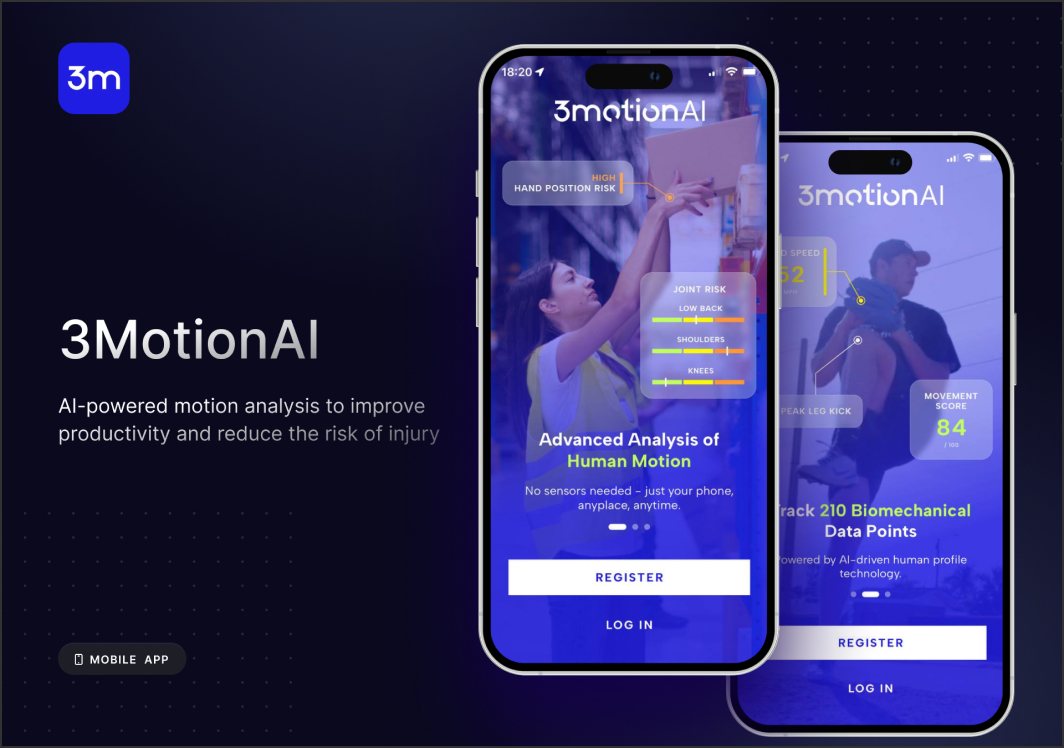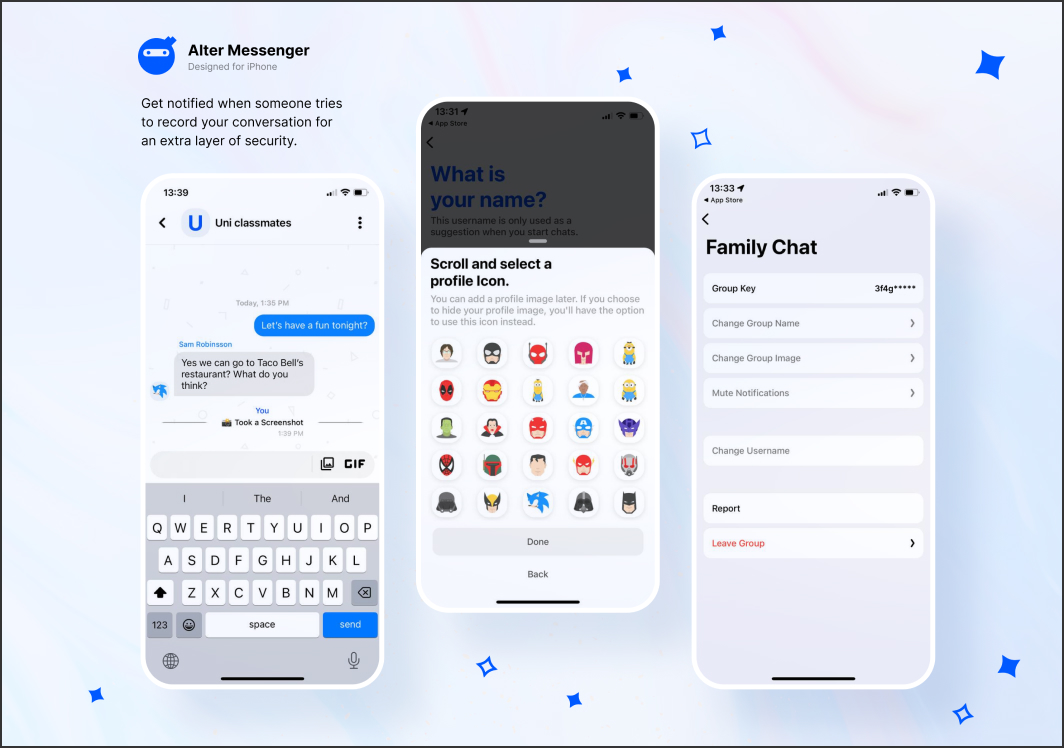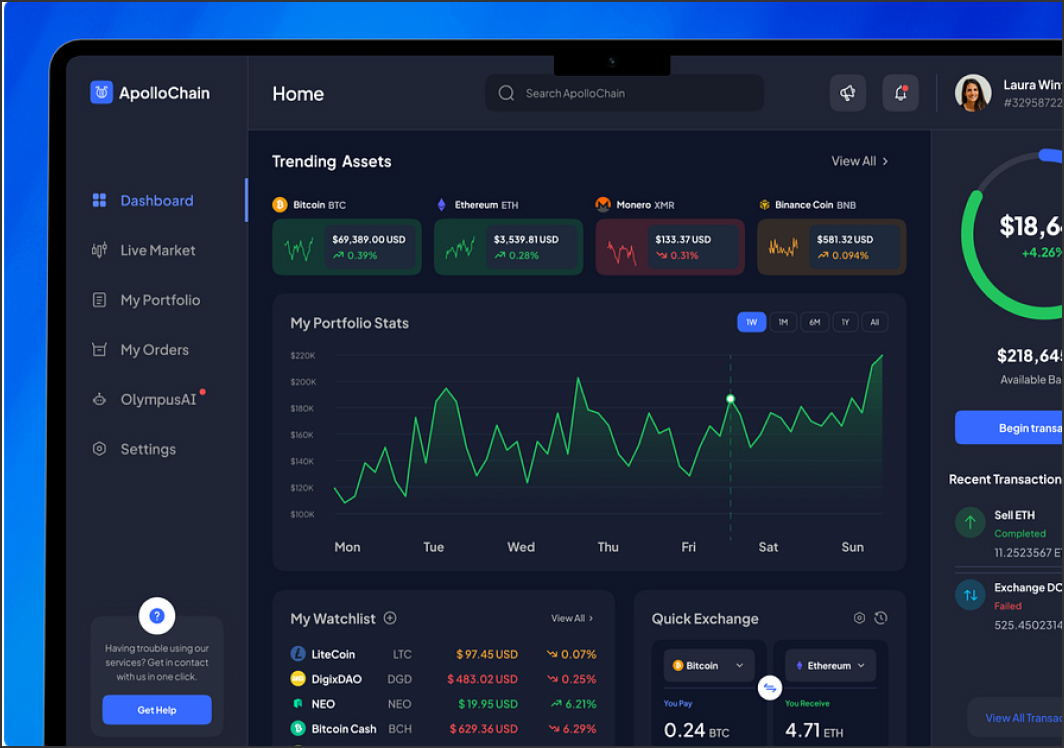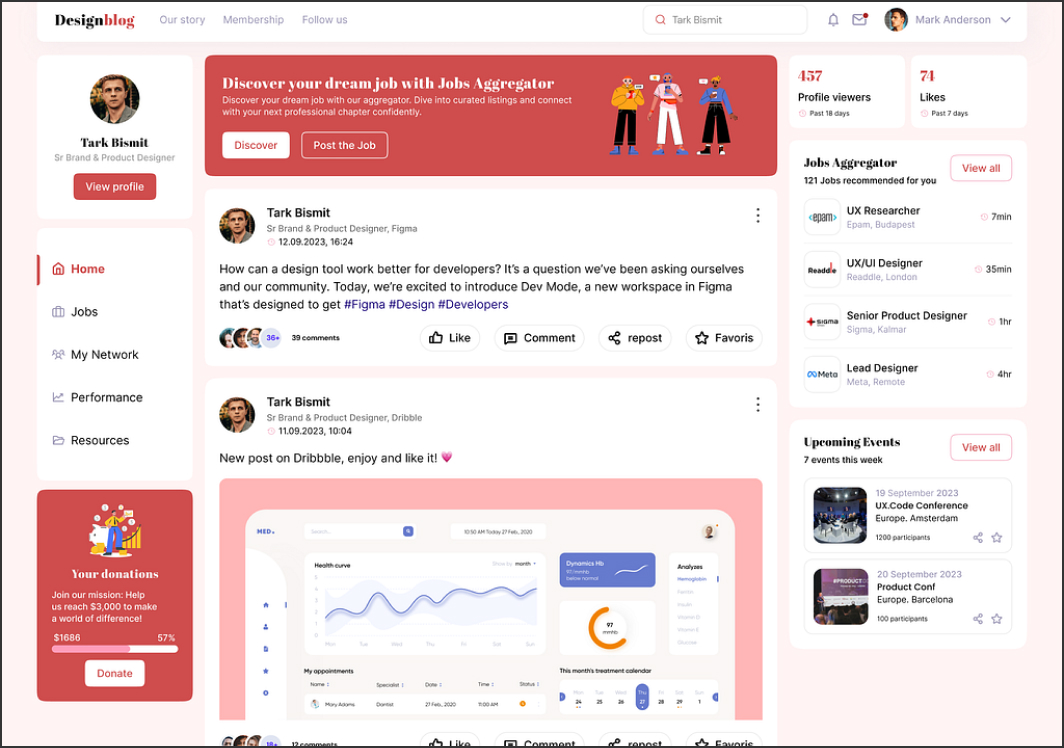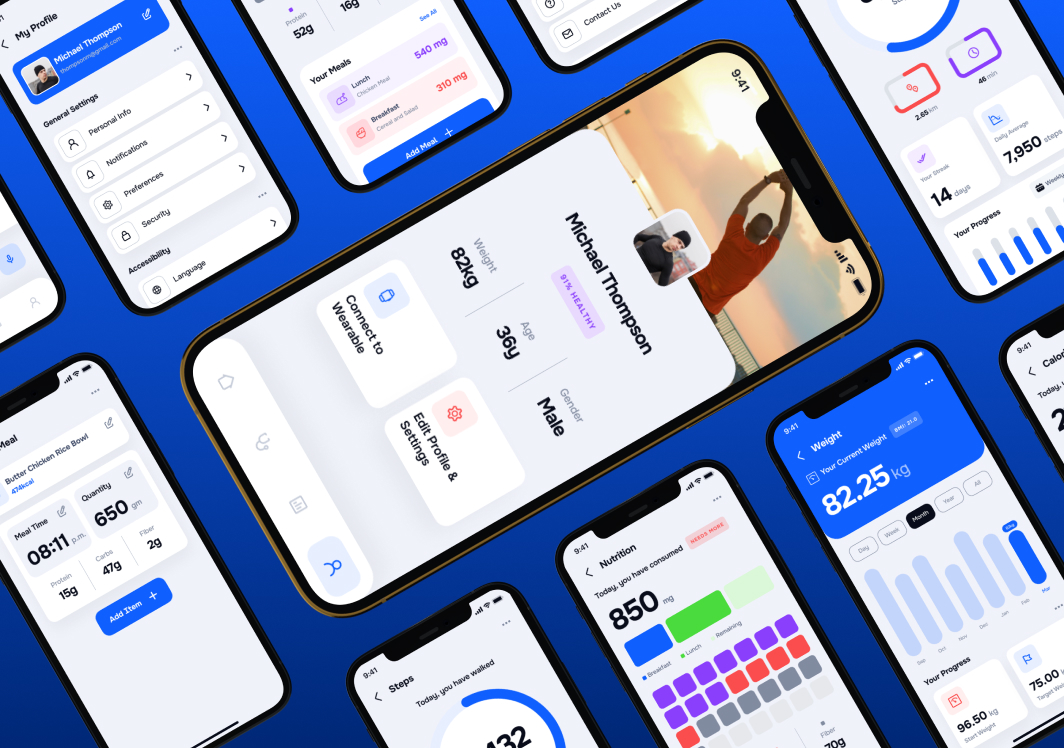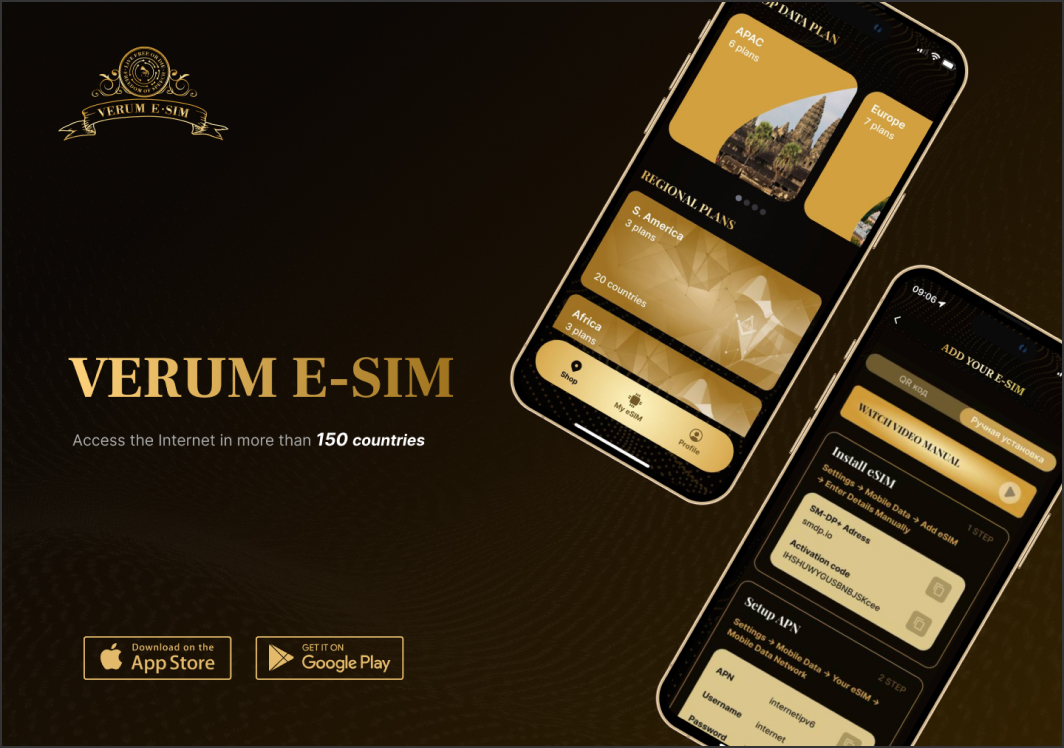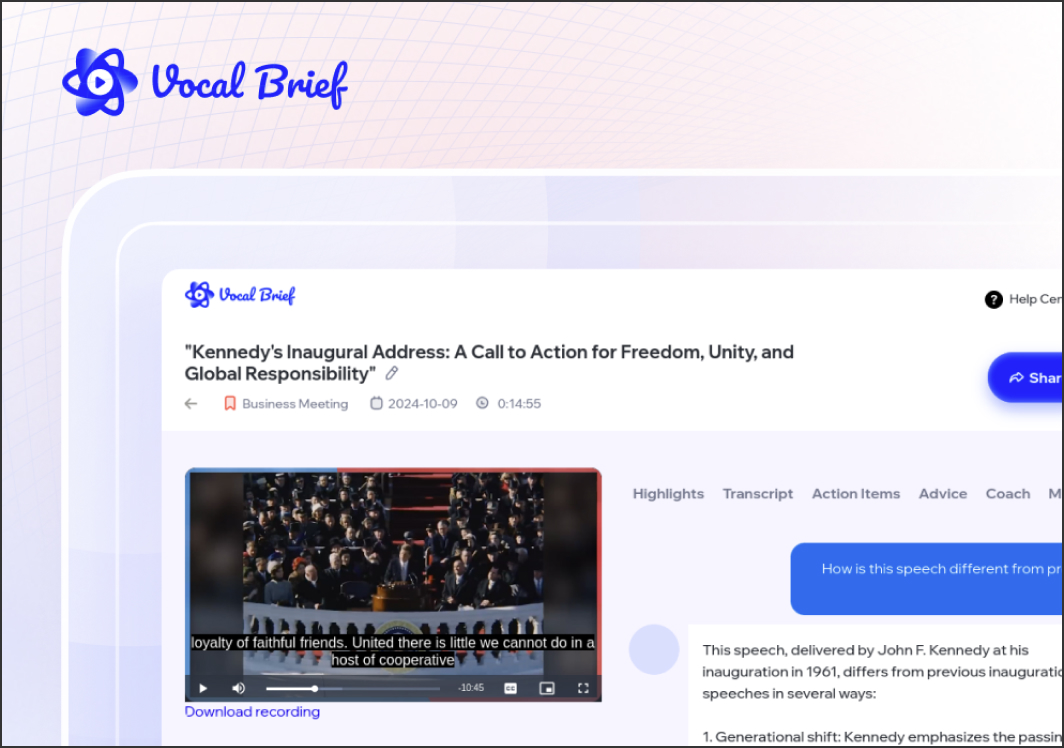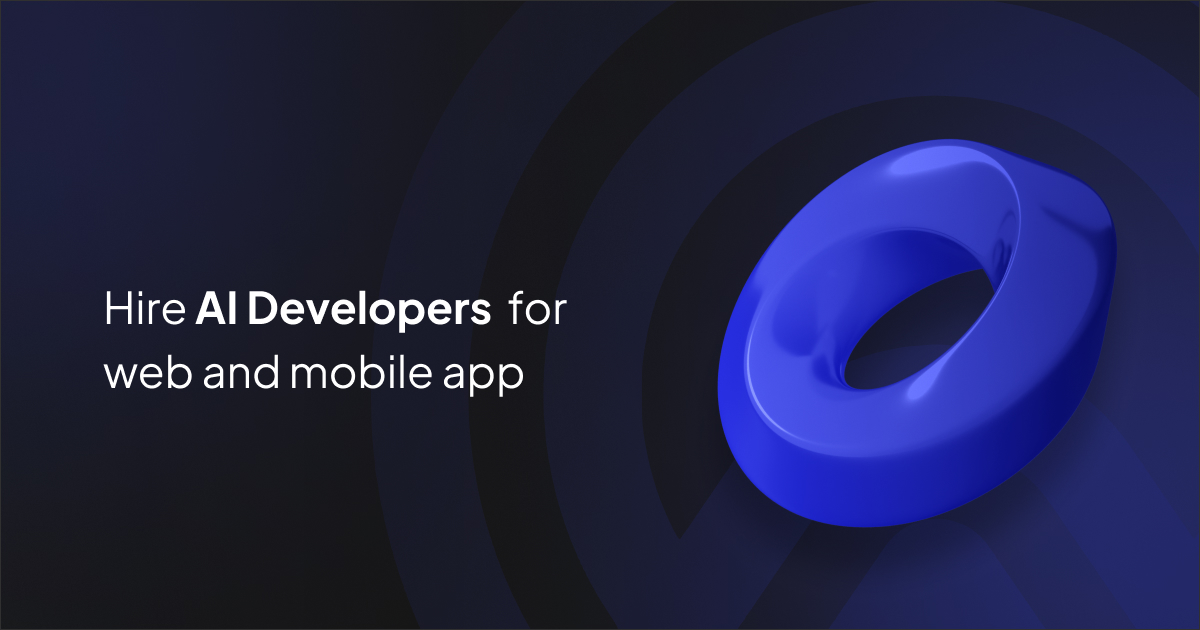Value to your business
An ML developer helps you automate decisions, personalise experiences, and uncover revenue-driving insights from data. From churn prediction and dynamic pricing to fraud detection and AI assistants, ML boosts margins and product stickiness.
Examples for a UK context
- Optimise search and recommendations for local retail/e-commerce.
- Build forecasting models for supply chains affected by regional seasonality.
- Fine-tune language models for UK English, regulatory terminology, and sector-specific jargon.
Key Skills to Look For
Core technical stack
- Languages & libs: Python, NumPy, Pandas, scikit-learn, TensorFlow/PyTorch
- Deep learning: CNNs, RNNs/Transformers, transfer learning
- Domains: NLP, Computer Vision, recommender systems
- MLOps: experiment tracking, versioning, Docker, CI/CD, cloud (AWS/GCP/Azure), model serving/monitoring
- Data: SQL, feature engineering, data quality, evaluation metrics
Seniority guide (quick view)
- Junior: can train/evaluate baseline models, follow notebooks, write clean Python; needs guidance on prod.
- Mid: ships features end-to-end, chooses metrics, writes tests, deploys simple services, owns small projects.
- Senior: designs system architecture, mentors, optimises cost/perf, aligns models with business KPIs, production expertise.
Upskilling signals (UK-friendly)
Look for certificates/courses from Imperial College London, UCL, Cambridge Spark, Coursera/DeepLearning.AI, and evidence of applied projects and Kaggle entries.
Where to Find Candidates
Channels that work in the UK
- LinkedIn and GitHub (code + contributions)
- Otta, Wellfound (AngelList), Indeed, CWJobs for job ads
- Freelance: Toptal, Upwork for trial projects or interim needs
- Communities/meetups: London ML, MLOps London, PyData London
Freelance vs Full-time
- Freelance/contract: fast start, clear deliverables, lower commitment—great for prototypes/POCs.
- Full-time: deeper domain context, continuity, and compounding IP—best for core roadmap work.
The Hiring Process (Lean & High-Signal)
Step-by-step flow
-
Define outcomes, not buzzwords
- Write a JD around business goals (e.g., “reduce support ticket volume by 20% with NLP triage”).
-
CV/Portfolio screening
- Prioritise shipped projects, measurable impact, and readable code; de-prioritise empty buzzword stacks.
-
Technical interview (90 minutes max)
- Section A: Problem framing — candidate clarifies data, constraints, success metrics.
- Section B: Practical ML — feature engineering, model choice, overfitting, evaluation.
- Section C: Domain depth — short deep-dive in NLP or Computer Vision (your use case).
-
Take-home (4–6 hours cap)
- Build a simple baseline model with a small, realistic dataset; require a README with trade-offs and metrics.
-
Live review
- Pair-program a small extension, discuss monitoring, drift, and how they’d productionise the solution.
-
Culture & collaboration
- Assess product thinking, stakeholder comms, and comfort with agile delivery.
Pro tip: Always review the candidate’s GitHub—look at commit history, tests, issues/PRs, and documentation quality.
Challenges & Practical Fixes
- Competition & salary pressure: Define a sharp mission and flexible work to stand out; sell learning and ownership.
- Signal vs noise in CVs: Use a structured scoring rubric tied to your KPIs (metrics, shipping, MLOps).
- Integration into product: Start with a 4–8 week milestone plan (data audit → baseline → deploy → monitor).
- Budget constraints: Hire a strong mid-level or a junior with clear potential plus fractional senior mentorship.
- Location: Embrace remote or hybrid; widen the search across the UK/EU time zones.
Quick Checklists
Screening checklist
- Evidence of shipped ML to production
- Clear metric improvements (AUC, F1, retention, revenue)
- MLOps familiarity (tracking, deployment, monitoring)
- Domain projects matching your use case
Interview artifacts to collect
- Problem statement + success metric
- Model/evaluation rationale
- Deployment plan (latency, cost, monitoring, rollback)
- Ethics/risk considerations (bias, privacy, compliance)
Conclusion
A successful ML hire starts with crisp business outcomes, a targeted search in UK-relevant channels, and a compact, fair process that tests for real-world delivery. Keep scopes small, measure relentlessly, and prefer candidates who communicate trade-offs clearly. CTA: Have you hired ML talent recently? Share your wins and lessons in the comments—your tips could save another founder weeks of trial and error.
Page Updated: 2025-10-06



















